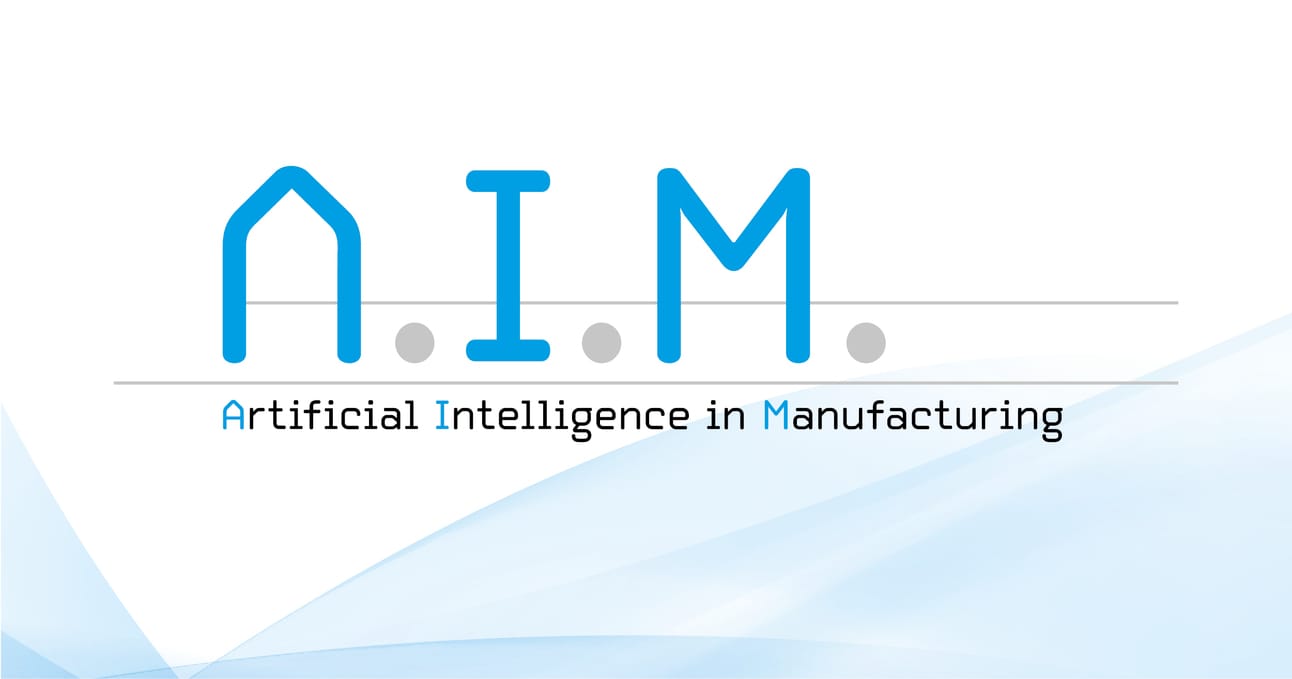- AI in Manufacturing
- Posts
- From Camera To Code-Free QA: Is Visual AI The New Standard On The Factory Floor?
From Camera To Code-Free QA: Is Visual AI The New Standard On The Factory Floor?
Plus AI fine-tunes process manufacturing, quality systems get smarter in wood and food, material waste drops through real-time monitoring, vision systems simplify inspection, and much, much more!


As AI capabilities mature, their role in manufacturing is shifting from optional enhancement to essential infrastructure. Nowhere is that clearer than on the production line, where a new visual quality control tool is helping operators catch defects with greater speed and precision – without needing to code a single rule. It’s a sign of how AI is blending into workflows, not just augmenting them.
That same trend is taking root across process industries. In the Nordics, a new player is using AI to help manufacturers fine-tune production parameters in real time, reducing waste and boosting throughput. Could this mark a turning point for more agile, data-led operations?
Meanwhile in the wood products space, quality control is also getting an upgrade. An AI-enabled system is automating inspection and reporting with minimal manual input – a promising development for sectors where consistency and compliance are non-negotiable.
In food production, a long-overlooked spice is getting a high-tech makeover. A new automation solution is bringing digital precision to saffron processing, highlighting how AI can help optimise even the most delicate and traditional processes.
Back on the factory floor, an AI platform in India is helping manufacturers cut material waste through real-time precision monitoring. For cost-conscious operations under pressure to reduce environmental impact, these tools could offer a dual benefit.
Beyond individual applications, there’s growing momentum around the idea of the ‘cognitive enterprise’ – one where AI agents don’t just execute tasks, but proactively adapt and make decisions. What could that mean for manufacturing leadership?
Still, the big picture remains complex. While the opportunities are real, a recent round-up of expert perspectives reminds us that AI adoption isn’t without risk – from skills gaps to ethical concerns. So how do we strike the right balance?
Thanks for reading. As always, feel free to hit reply and share what you’re seeing on your side of the manufacturing world. To stay ahead of the curve in the world of AI in manufacturing, you can follow us on LinkedIn for daily updates and breaking news. Here’s to another week of smart, AI-powered innovation!


